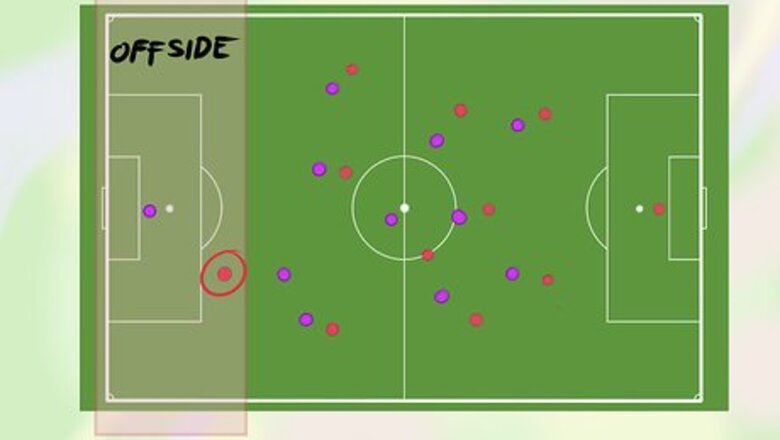
views
X
Research source
The offside rule has changed several times since then to adjust the pace of the game, but the purpose remains the same. Most recently, FIFA adjusted the rule in 2005 to avoid offside penalties for players not involved in the current play.[2]
X
Research source
Understanding the Offside Rule
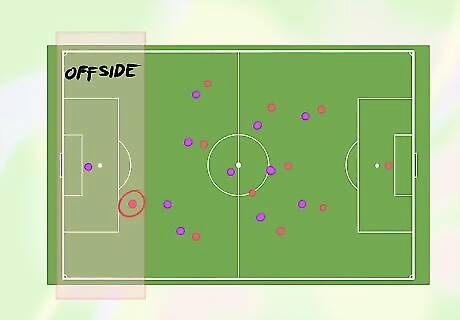
Check for offside only on the opposing half of the field. A player can only be offside if they are on the side of the field that contains the opposing team's goal. The purpose behind the offside foul is to prevent attackers from waiting too close to the goal. If you are on the opposing half of the field, and if any part of your head, torso, or legs are over the line, you will be judged offside. Arms and hands do not count.
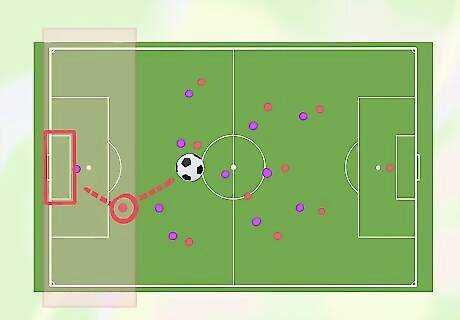
Compare the player's position to the ball. A player can only be in an offside position if they are between the ball and the opposing goal.
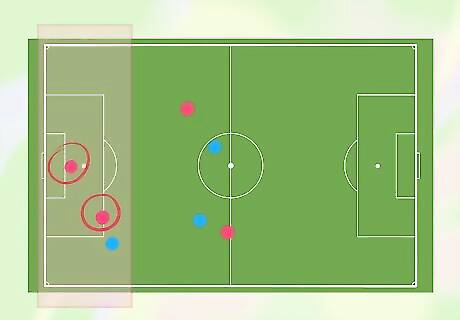
Look at the two defenders closest to their goal. The attacker is "onside" as long as there are at least two defenders level with him or in front of him. If there are one or zero defenders between the attacker and the goal, and the attacker also meets the two conditions above, he is in an offside position. The goalkeeper is usually one of the two defenders closest to the goal, but any two defenders count.

Only check for offside at the instant a teammate touches the ball. There is no foul call just for being in an offside position. The referee checks an attacker's position only when one of their teammates touches the ball. As soon as an attacker releases a pass, the offside and onside status of each teammate "freezes." Each player will remain officially offside or onside no matter where they move. This only changes when the ball touches another teammate (causing offside to be "calculated" again), or when an opponent makes a deliberate play with the ball (removing all offside statuses). This is why you often see attackers sprint past defenders as soon as the ball is played. Even if someone is past the defender when she receives the ball, she is still considered onside if she was behind the defenders when the ball was released.
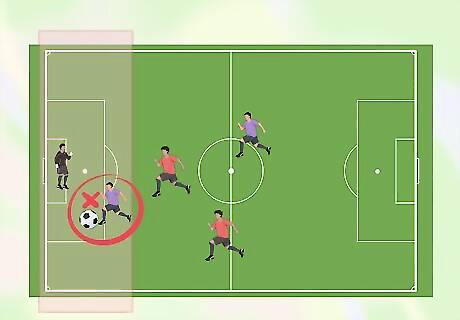
Expect the referee to call a free kick only if the offside player interferes with the area of play. A referee can only penalize a player for being offside if he interferes with the play or tries to gain an advantage from being offside. A player can be penalized for this at any point until the opposing team takes control of the ball. Here are a few examples of situations where a referee would call an offside foul: Teammate passes to an offside player. Teammate kicks the ball, it bounces off a defender, and reaches an offside player. Offside player gets in the way of a defender trying to reach the ball. Teammate shoots at goal, offside player places himself near the goal hoping to get the rebound.
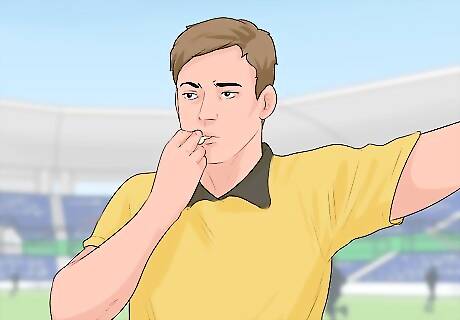
Watch the referee. If you're spectating a game and think a possible offside call is coming, watch the assistant referee (AR). If he spots an offside player interfering with play, the AR will raise his flag straight in the air. The referee may then blow the whistle to stop play, and raise his arm to indicate that an indirect free kick is awarded to the defending team. If the referee does not do this, he disagrees with the AR and has decided to overrule him. If the referee blows the whistle, the AR will lower his flag by a certain amount to signal which player was offside. He will lower it by 45º for a player across the field from the AR, 90º for a player near the center, and 135º for a player on the near side.
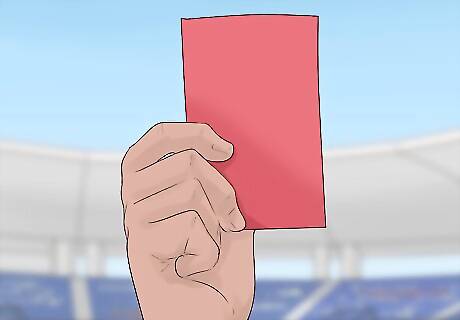
Understand the foul. An offside call awards an indirect free kick to the opposing team. This kick takes place where the foul occurs, and the team that received the foul must stay at least 10 yards (9.15 m) back until the ball has been kicked. If the foul occurred inside the penalty area, the attackers must remain outside the penalty area until the ball has left it. If the foul occurred inside the goal area, the defenders may take the free kick from anywhere inside the goal area.
Exceptions and Edge Cases
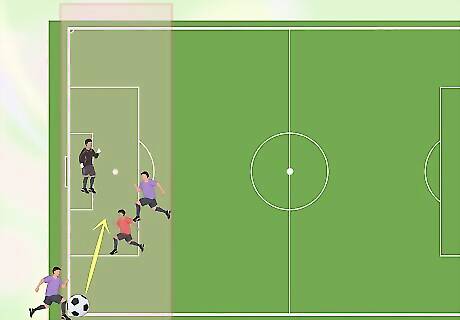
Know the situations where an offside foul is impossible. A player cannot receive an offside foul for receiving the ball directly from a throw-in, a corner kick, or a goal kick. In these situations, the ball has left play and reset all offside statuses.
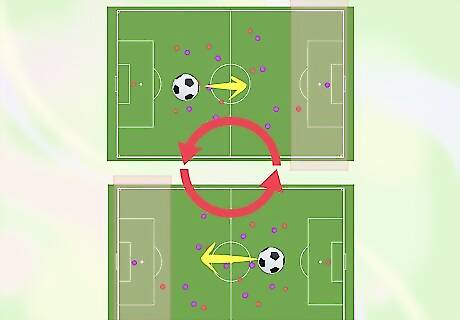
Understand offside resets. When the defending team takes control of the ball, the offside status of the attackers gets reset. Any attackers who were offside for the last play are now free to interfere with the play without a foul. However, there are some edge cases where it may be unclear whether this has happened. The ref always makes the final call, but these are the general guidelines: If a defender accidentally deflects the ball or it rebounds off her, there is no offside reset. This includes an instinctive reaction to deflect the ball, although this can be a tough ref call. If the defender makes a save to prevent a goal, there is no offside reset. (This prevents offside players from gaining an advantage by waiting at the goal.) The defender must gain control of the ball before the offside player can interfere. (This can be subjective, but the offside player is usually safe if approaching from some distance away.)
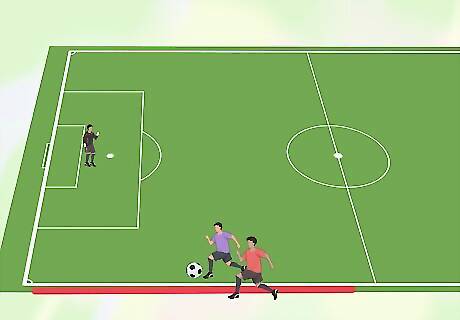
Take into account defenders who have run off the field. If a defender runs off the edge of the field due to his own momentum, he still counts as a defender when working out onside and offside positions.

Consider offside players interfering from afar. An offside player who does not approach the ball can still receive a foul if she blocks the vision of a defender in a way that impairs her play. Since a rules tweak in 2013, this is the only way an offside player can receive a foul without coming into contact with a defender or the ball. Gestures and shouting do not violate offside rules, though they may receive a foul for unsporting conduct.



















Comments
0 comment